|
Fillmore Historical Museum Presents the Morey Story
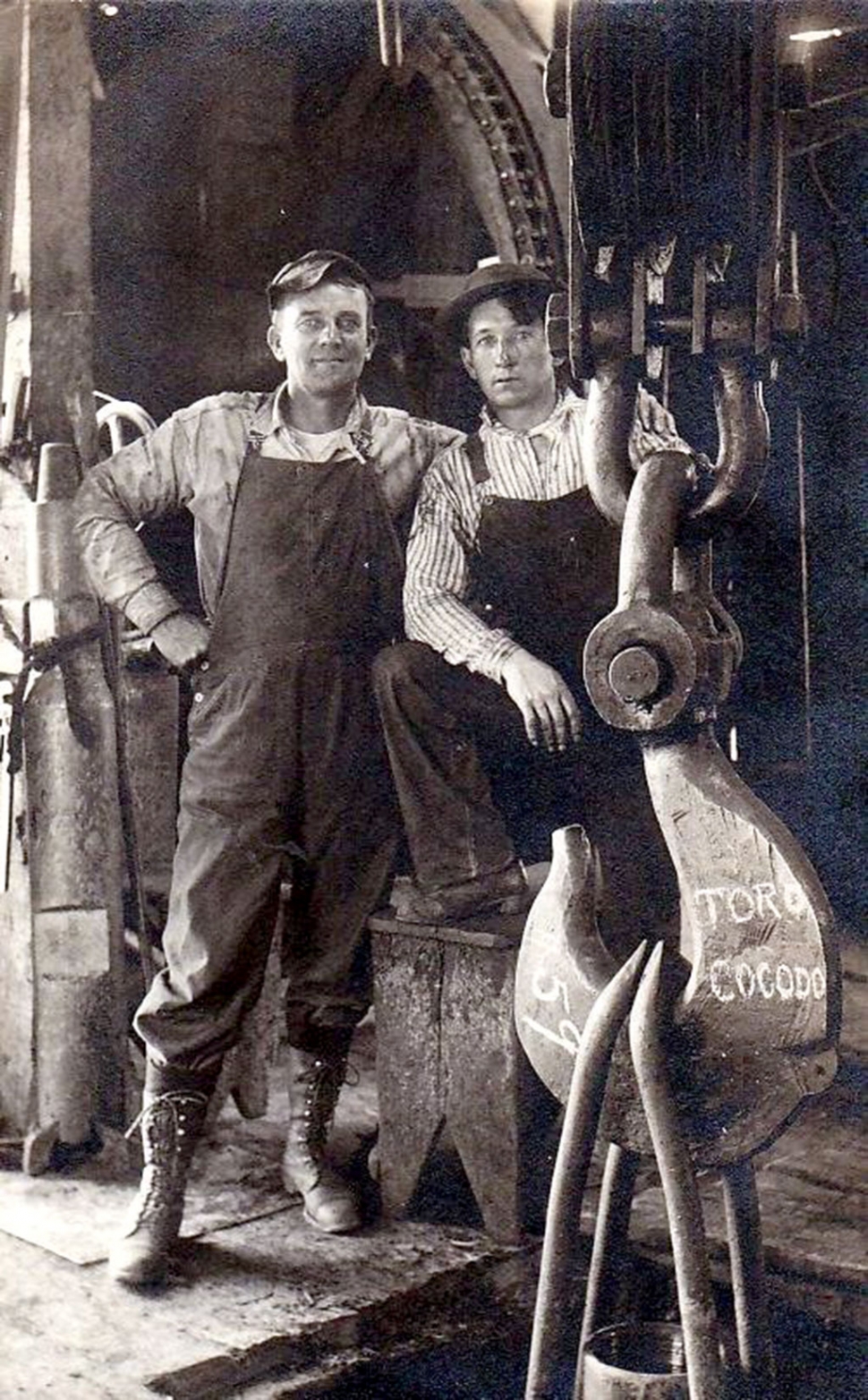 Norman Landond Morey with Dick Ahern at a work site. Photos courtesy Fillmore Historical Museum. By Anonymous — Wednesday, April 29th, 2020
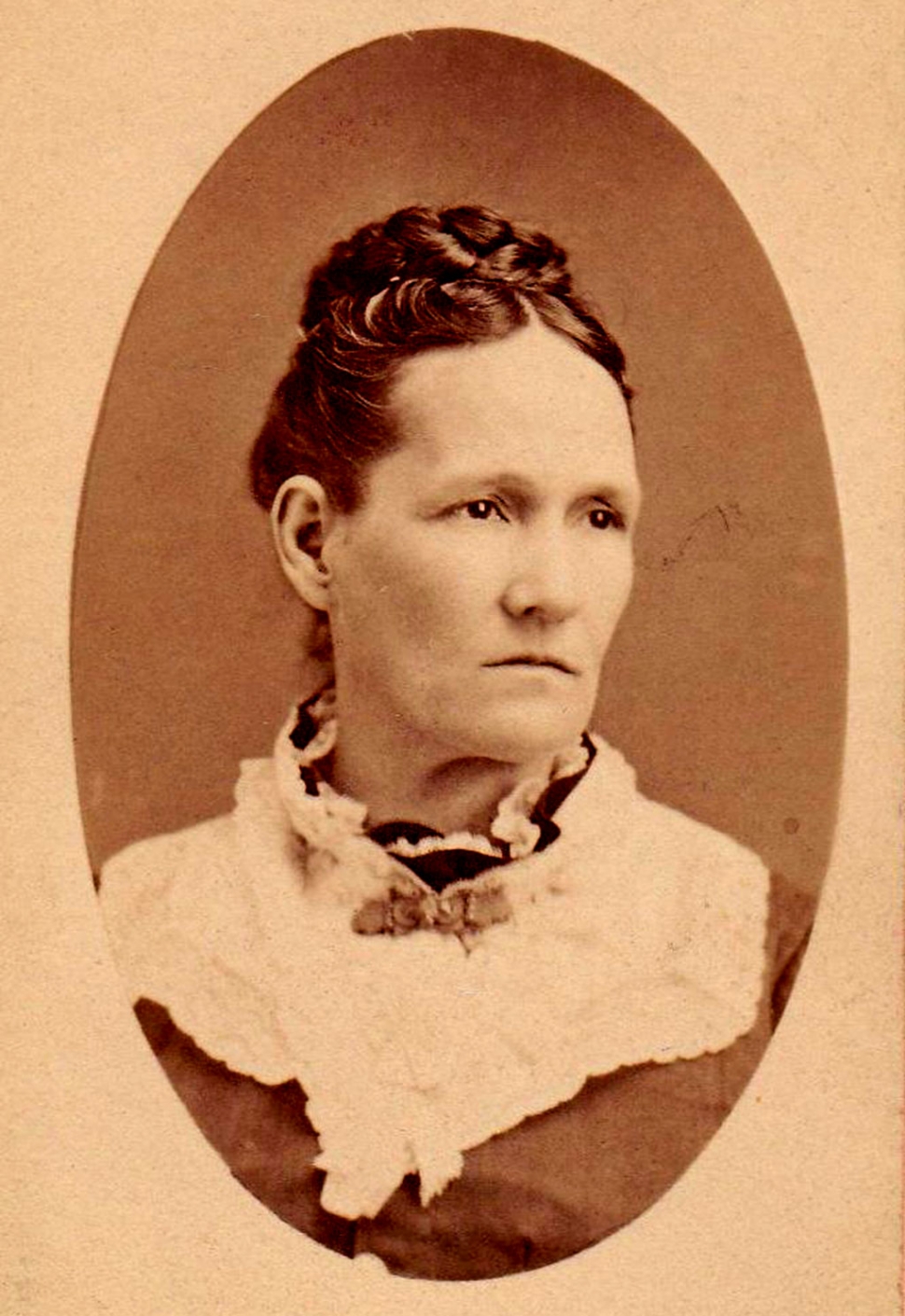 Norman Landond Morey’s wife Ada Stone Morey 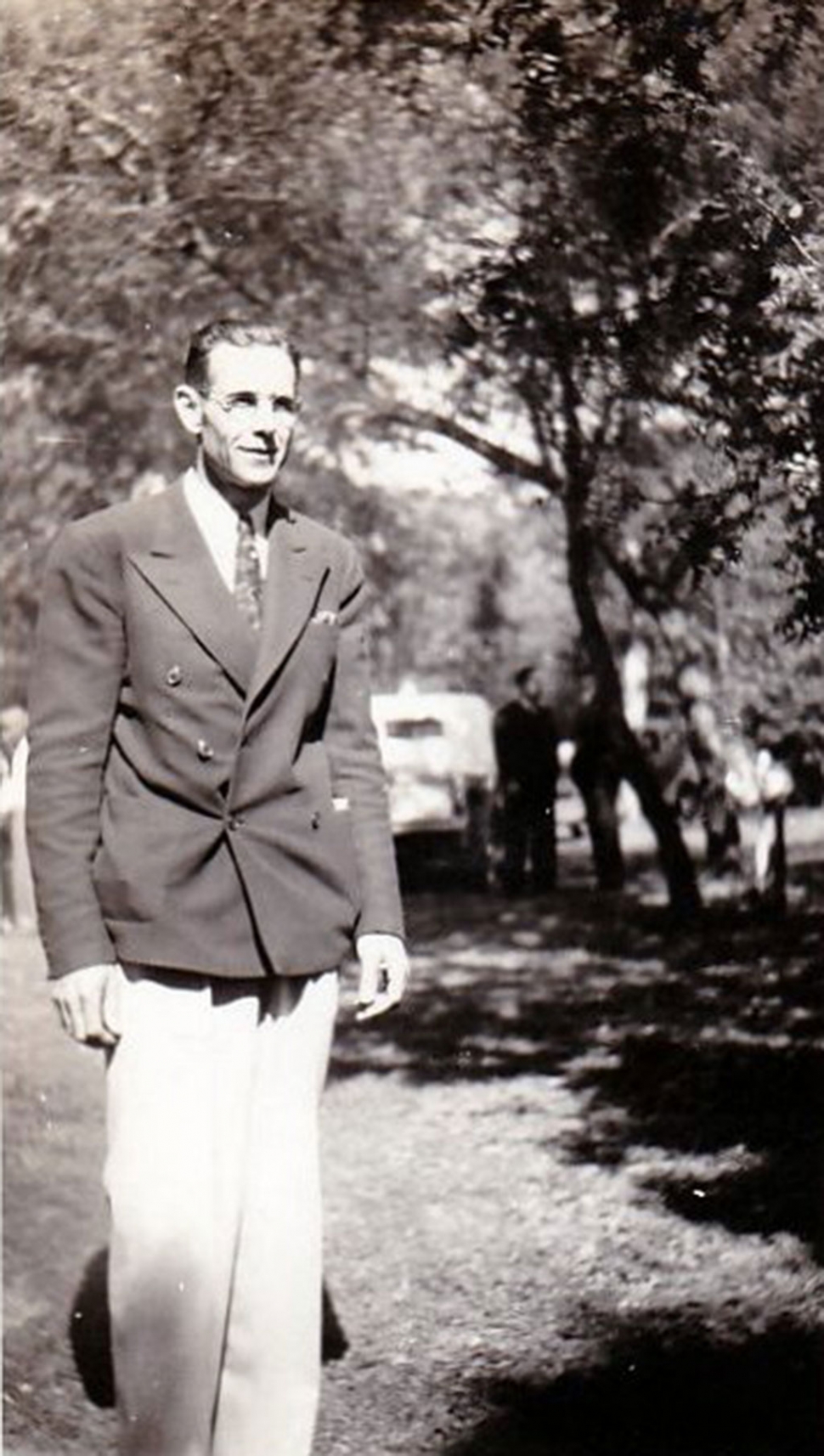 Elbert “Al” Morey, circa 1935 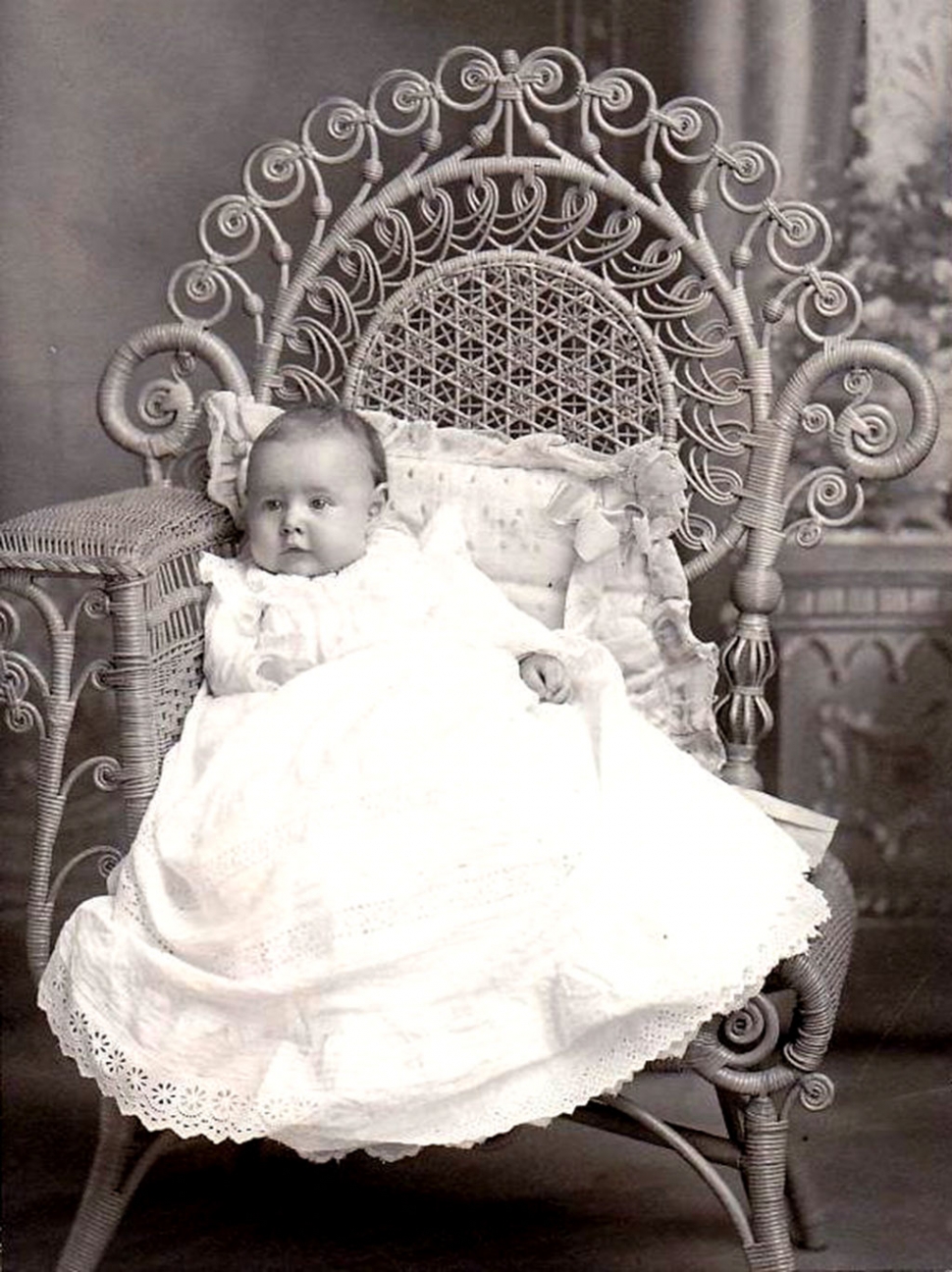 Elbert Morey at 4 months 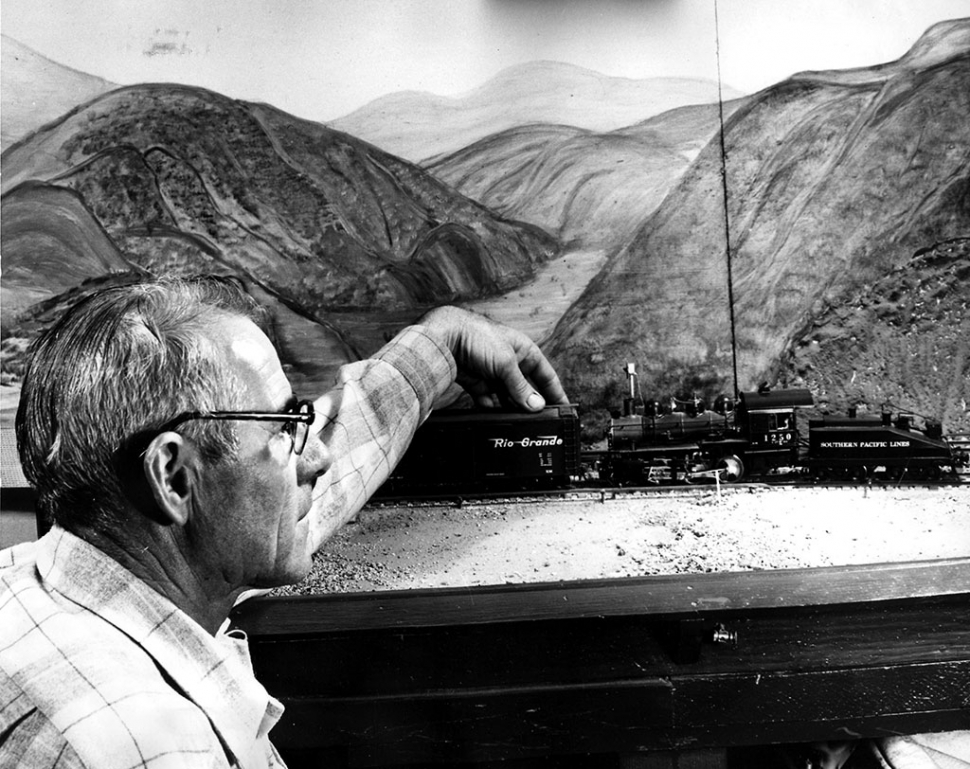 Al Morey with his model Trains 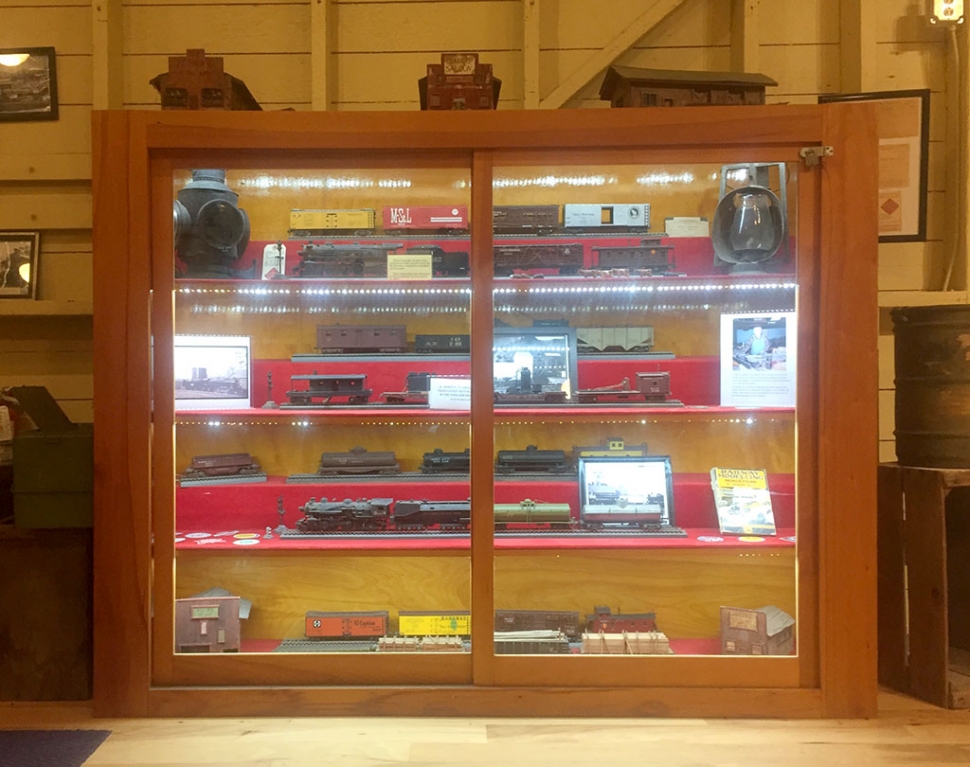 Display at the museum Courtesy Fillmore Historical Museum On July 16, 1901, Norman Landond Morey married Ada Mae Stone. Ada Mae was the youngest child of Joseph and Mahala Stone and had been born and raised in the Sespe area. Ada was 22 and Norman was 29. Norman was the son of Robert Herman Morey and his first wife. R. H., as he was known, came to California about the same time the Stones did, shortly after the discovery of gold. It’s not clear when he first came to the Santa Clara Valley, but the early 1870s found him in Southern California. According to a family story, he transported mail and about 1872, he and his partner were running a buckboard through the Cajon Pass where they ran afoul of some natives. The partner fled the scene, but R. H. was captured, and the Indians slit his throat. They left him for dead. Several hours later, the partner returned to the scene unharmed. He realized that despite having had his throat cut wide, Morey remained alive. The partner gathered up a burlap sack and a large needle used for sewing such sacks. Using the burlap material, he was able to crudely sew up the gaping neck wound, thereby saving Morey’s life. Eventually, R. H. Morey and his second wife, Julia, settled first in Bardsdale and later farmed in the Sespe where they had two daughters, Maud and Myra. When R. H. died in 1922, his obituary said he was “a highly resident of this section, and numbered among the pioneers of California”. Julia lived with her daughter, Myra Morey Houtz in Monterey Park until her death. After serving as an Army private in the Spanish American War, Norman went to work in the oil fields which were spreading throughout California. He worked both in the Los Angeles basin and in Kern County. Ada and Norman’s only child, Elbert “Al” Morey was born in 1902 on Central Avenue. By 1920 they were living on Saratoga Street. Norman spent a great deal of time away from home, especially in Kern County. It was there in 1932 that he suffered a sudden heart attack and died. Ada lived until 1955, although her obituary was confined to her home for the last 25 years of her life and bedridden for the last 10. One thing we do know about Ada is that she did fine needlework. The Museum as several pillow tops she made. One unusual one was made of ‘Tobacco Silks”. They weren’t really silk, but were printed on satin. Coupons or “gift slips” that could be sent in for actual silks were available in packs of expensive brands of cigarettes or small cigars from about 1912 to 1915. Ada made very good use of them! Al Morey followed his father into the oil industry, working at age 17 for Standard Oil. For more than 40 years, Al worked in the oil drilling industry, laying pipline all over our area. Like his uncles, Nate and Al Stone, Al was an avid hunter and fisherman in the Sespe. After his grandmother, Mahala Stone’s death, Al and his wife Beulah, nee Gregory, moved to the house on Mountain View. Al passed away in 1983, the last of the local Stone/Morey line. Al Morey’s legacy though continues. His avocation was trains. As a child, he and his father would ride the train to Los Angeles where they would fill locals’ grocery orders at Ralph’s market and deliver them upon their return. He was fascinated by the toy trains that would be in department store windows at Christmas time. Model trains became a hobby that he shared with others. Many who grew up in Fillmore in the 50s and 60s have told of visiting his home to see his trains. Boy and Cub Scout groups were regular visitors. You can see some of his trains on display in the Southern Pacific Depot at the Fillmore Historical Museum. |
